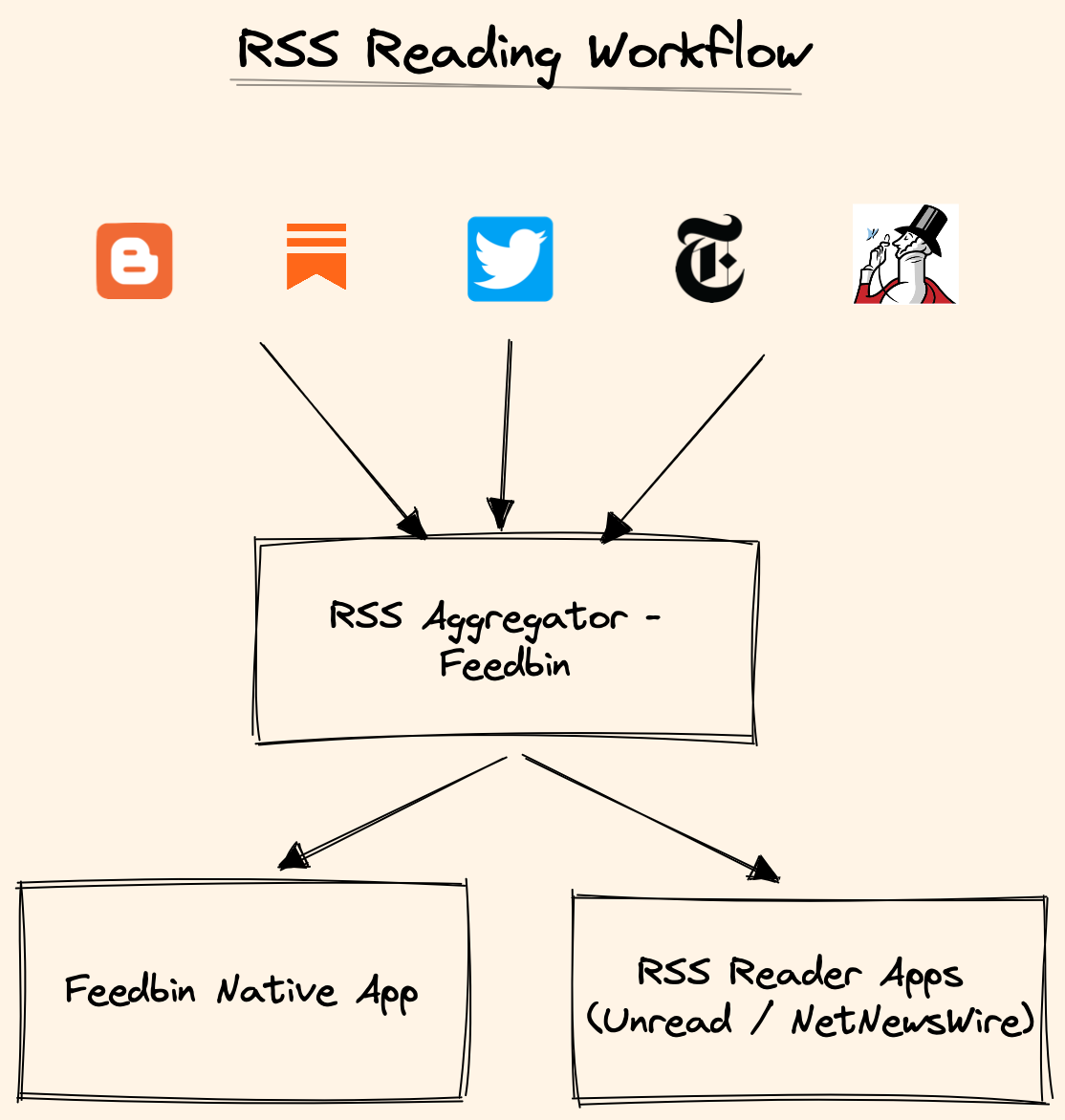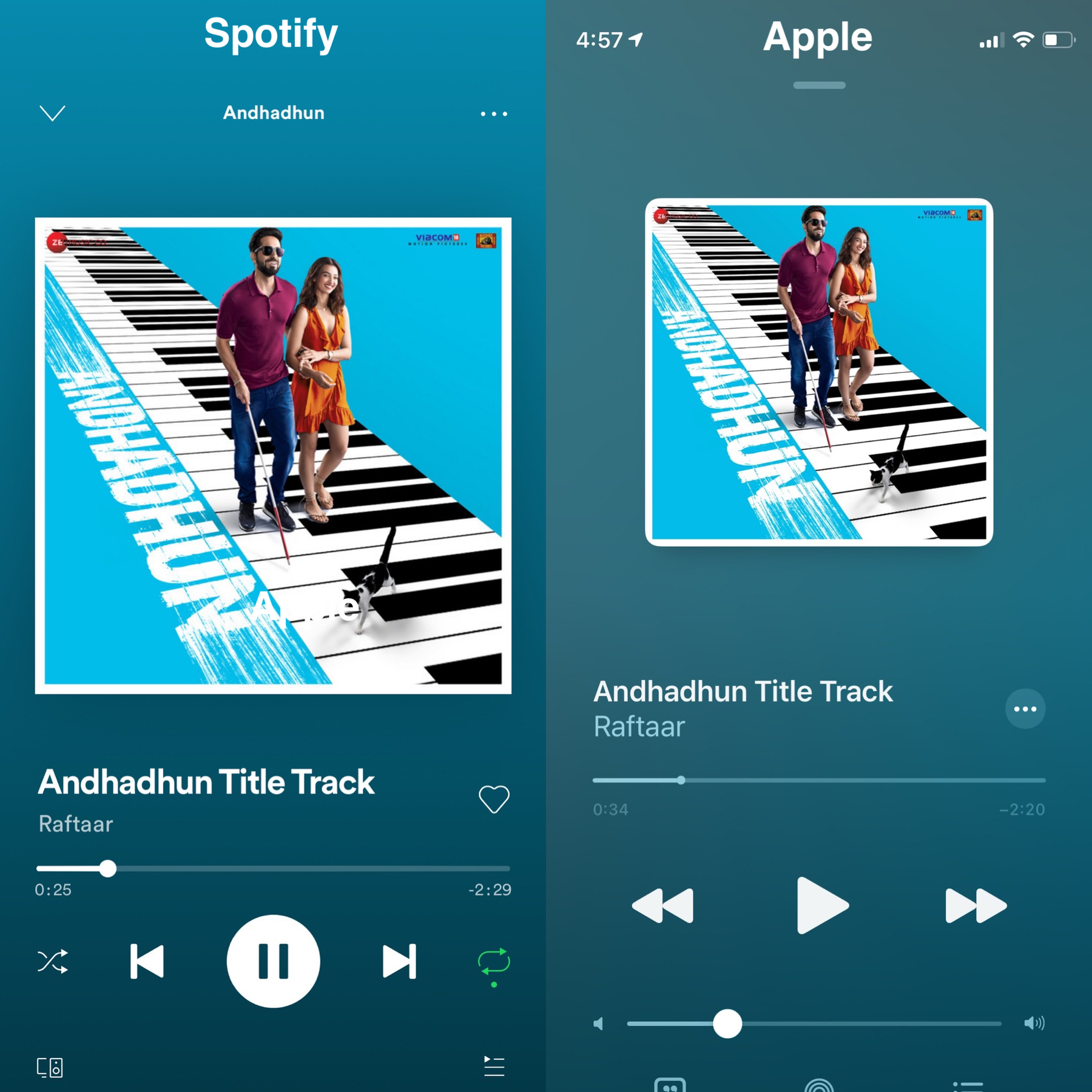When you hold iPhone X, the first thing you notice, is that it is heavier than it looks.
Apple has this trend of not being the first but rather being a good implementer of technologies — they recreated the tablet as iPad, finger print sensor as TouchID, applied NFC as Apple Pay, voice assistant as Siri and recently facial recognition as FaceID. There are many novelties as well, like, being the first to launch a 64 bit processor, arguably building a mobile AppStore (Appstore transformed iPhone the way newsfeed transformed Facebook), and, make phone cameras mainstream. Some of these have aged well, like TouchID which has become extremely reliable and fast, while some of these haven’t, like Siri.
The display. Edge to edge OLED display on iPhone X is so good it almost feels plastered on to the phone. You get used to the notch after a few days. This phone’s display is perhaps the feature that delights the most in the long term usage of phone.
FaceID on iPhone X is not-bad by TouchID standards, works smoothly most times but does have its share of hiccups. (It does work in dark if you’re still wondering). You’ll need to understand though it is a big accomplishment! All the facial recognition, machine learning, and image 3D mapping is happening ON the device in near real time. To replace something as versatile as TouchID indeed takes “courage” (and may be some compromises but guess we will not know about them now). Using FaceID day in and day out, feels like you’re merely swiping up to unlock your phone, like good ol’ days, except this time there’s a security and privacy layer on top of it. Technology is best when it dissolves in background and enables you to do things you’re supposed to be doing on the device. To me, the best part of FaceID is in its application once you’re logged in to the phone. First big application is through the autofill feature. FaceID first authenticates you and then autofills the usernames and passwords (synced via iCloud) not just in websites anymore but in apps as well (Do note that not all apps have been updated to support this yet but the number is growing). Then there are attention aware features like display-not-dimming or low-alert-volume when you’re using (and looking) at the phone. I’m certain FaceID version 2 and beyond will make it faster, more reliable, and flexible (i.e., work from better angle; I can barely unlock the phone currently while it is on desk or on my car mount for maps). For Apple Pay, unexpectedly, I really like it, in fact I prefer it over the TouchID variant. However FaceID (like most technologies) isn’t something other phone makers can’t catch up on. This competition is great for consumers but not so much for Apple.
Differentiating features. iPhone has maintained its lead with differentiating features like introducing portrait mode, live photos (still not sold on these but it is fun to look through gallery and find photos moving giving a Harry-Potter-esque feel), Apple Pay, TouchID and now FaceID. Other makers keep on catching up and Apple keeps on pumping out newer features (Arguably Google Pixel has a better camera and voice assistant, Samsung makes better displays, OnePlus makes better Fast Charging, Microsoft makes better.. never mind) — that’s the obvious part, what’s not obvious is that there’s one feature no one is able to catch up Apple on yet, is the integration between software and hardware! There’s a buttery-ness and stability that you only get with iOS (or even MacOS), albeit at the cost of losing some freedom in the environment. For instance, Google pixel might produce better photos in low light or portraits with just one camera, but using the camera itself, the speed, photo processing, real time preview of portrait mode — is either significantly better or only available on the iPhone. This vertical software-hardware integration enables Apple to have its Bluetooth earphones (aka AirPods) pair seamlessly with the phone via their W1 chip, or, divert your phone calls to your Mac or iPad if the iPhone is in vicinity. Little niceties, you see.
Coming back from iPhone in general to iPhone X, here are some things I don’t like about it, but these are not deal breakers for me (I get to complain about these because the phone has a premium price tag and there shouldn’t be any corners cut).
-
No headphone jack (Getting over it is hard, come on!)
-
Control center placement at top right corner is a horrendous UI choice (My bet is on a fix for this in iOS 12)
-
No real fast charging or fast wireless charging
-
Siri still sucks (except for alarms, for which it works well)
-
You’re paying a thousand plus dollars and you still don’t get a 10 or 12 Watt fast charger included in the box. That’s blasphemy, Apple!
-
3D Touch still feels like a gimmick, you do get used to it though
-
Animojis are certainly a gimmick (they do have some cool technology underneath though, using image processing and 3D mapping to recognize your facial muscles, I just wish Apple had found a better use case, may be like Facial Recognition to unlock, oh wait! Okay I will take this feature, it doesn’t bother me in daily usage)
The above list is mostly nitpicking and iPhone X, overall, is an excellent phone. A11 Bionic chip is the fastest on the market by leagues, FaceID is good for a first generation feature, the full screen almost edge to edge display is gorgeous, camera is “the best camera Apple has ever made” (read: despite being an iterative improvement it is very good), and wireless charging is convenient.
Perhaps the last thing you’ll notice about iPhone X is that the display is almost the size of the plus model in a comfortable-to-hold regular iPhone body, which for me, is the best feature of the phone.


